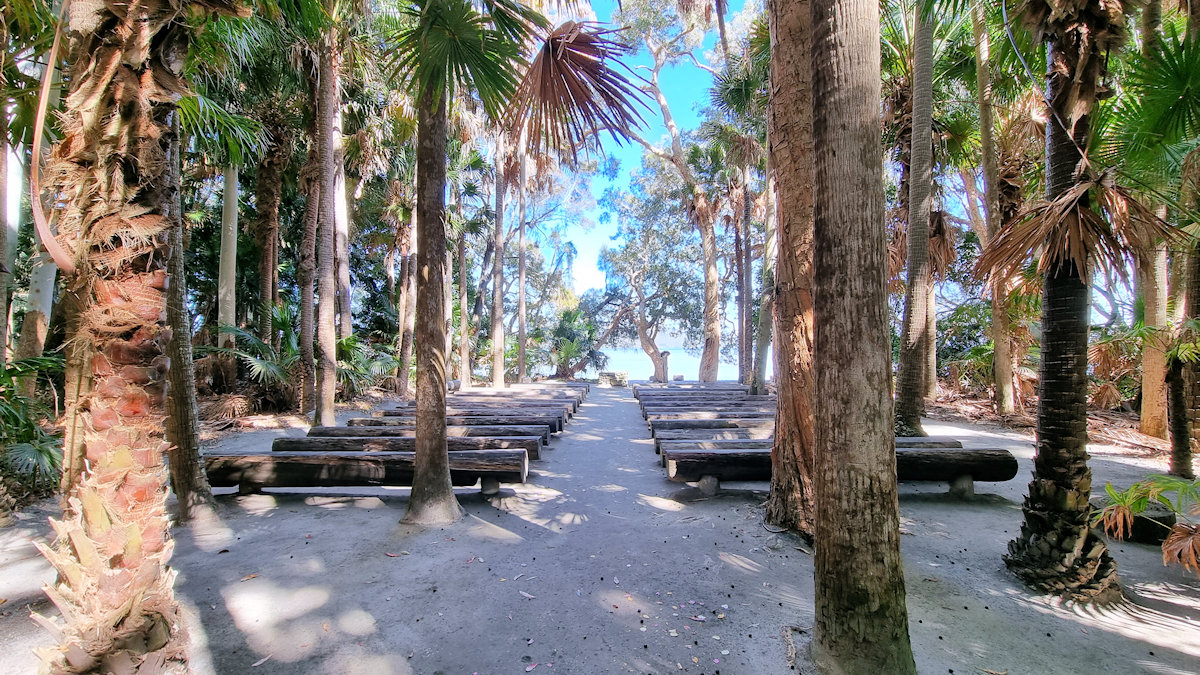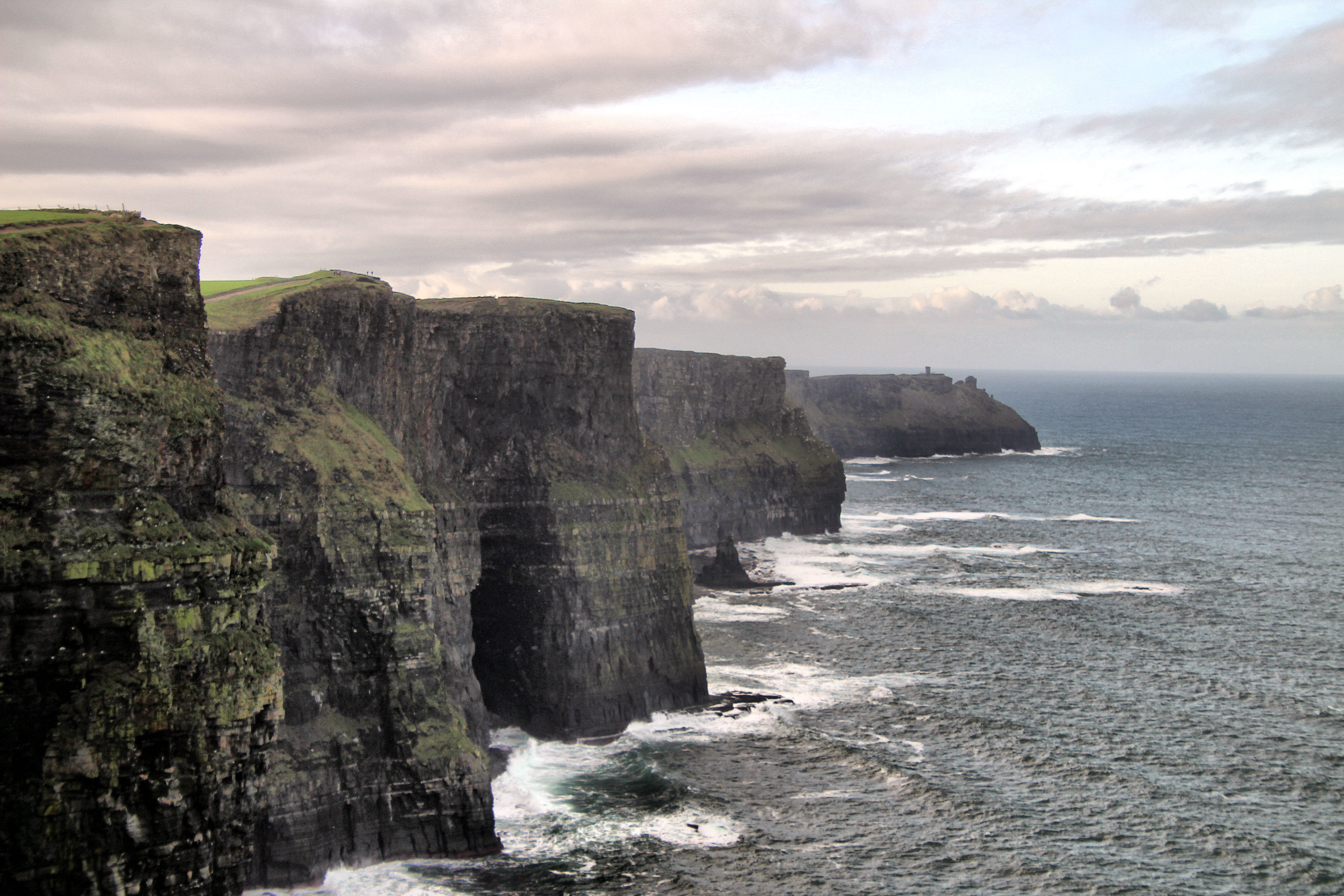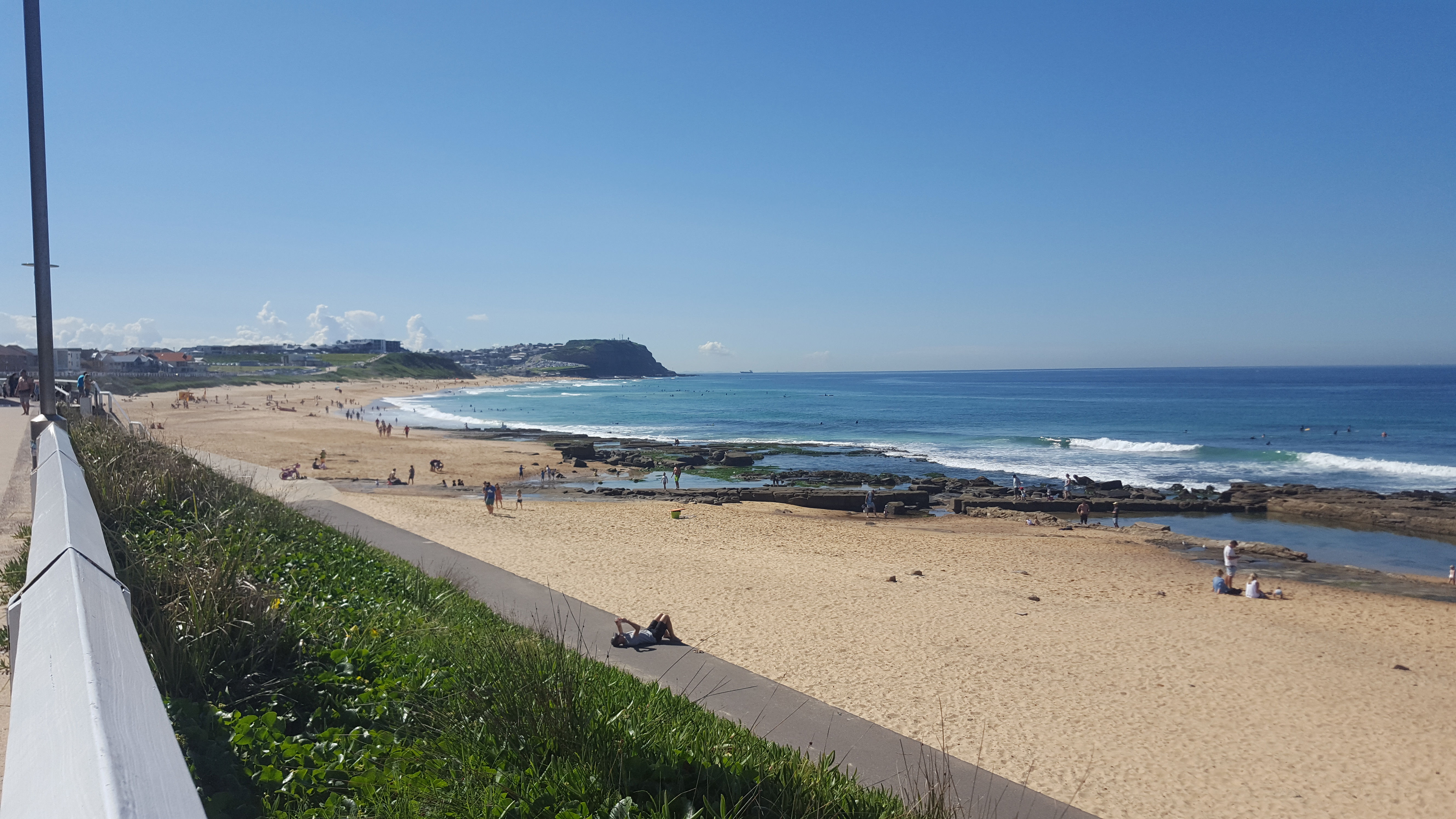Tag: Cathedral
-
Green Cathedral

Green Cathedral Located on the eastern shore of Wallis Lake in Tiona, on the mid-north coast of New South Wales, the Green Cathedral, is a unique outdoor church. Part of the Community of Christ, this is a place of worship, so it is important to remain respectful when visiting. A small carpark off the main… Read more
-
Driving Tour of Ireland The Emerald Isle

How did We Get There? Our eight-day driving tour of Ireland was the first stage of a 35 day trip to Europe and was a amazing place to start. We flew into Ireland from Sydney with British Airways, via Singapore and London making it a long tiring trip, The arrival time was 7:30 am so… Read more
-
Newcastle Hunter Valley New South Wales

Newcastle Only 160 km north of Sydney is Newcastle, Australia’s seventh largest city. Located in the heart of the Hunter Region it i has beautiful beaches and a stunning coastline. There are some amazing beaches within an hour’s drive of Newcastle and Port Stephens as well as some world-class wineries in the Hunter Valley. A… Read more